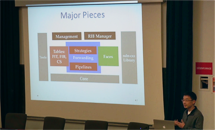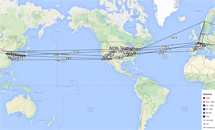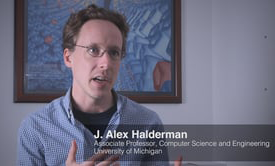In an attempt to lower the barriers to understanding this revolutionary (as well as evolutionary) way of looking at networking, three recently posted documents are likely to answer many of your questions (and inspire a few more):
(1) Almost 5 years ago, Van gave a 3+ hour tutorial on Content-Centric Networking for the Future Internet Summer School (FISS 09) hosted by the University of Bremen in Germany. We finally extracted an approximate transcript of this goldmine and are making it available, along with pointers to the slides and (4-part) video of his tutorial hosted by U. Bremen.
(Our FAQ answers the commonly asked question of How does NDN differ from Content-Centric Networking (CCN))
(2) A short (8-page) technical report, Named Data Networking, introducing the Named Data Networking architecture. (A version of this report will appear soon in ACM Computer Communications Review.)
(3) Another technical report exploring he potential social impacts of NDN: A World on NDN: Affordances & Implications of the Named Data Networking Future Internet Architecture. This paper highlights four departures from today’s TCP/IP architecture, which underscore the social impacts of NDN: the architecture’s emphases on enabling semantic classification, provenance, publication, and decentralized communication. These changes from TCP/IP could expand affordances for free speech, and produce positive outcomes for security, privacy and anonymity, but raise new challenges regarding data retention and forgetting. These changes might also alter current corporate and law enforcement content regulation mechanisms by changing the way data is identified, handled, and routed across the Web.
We welcome feedback on these and any NDN publications.




